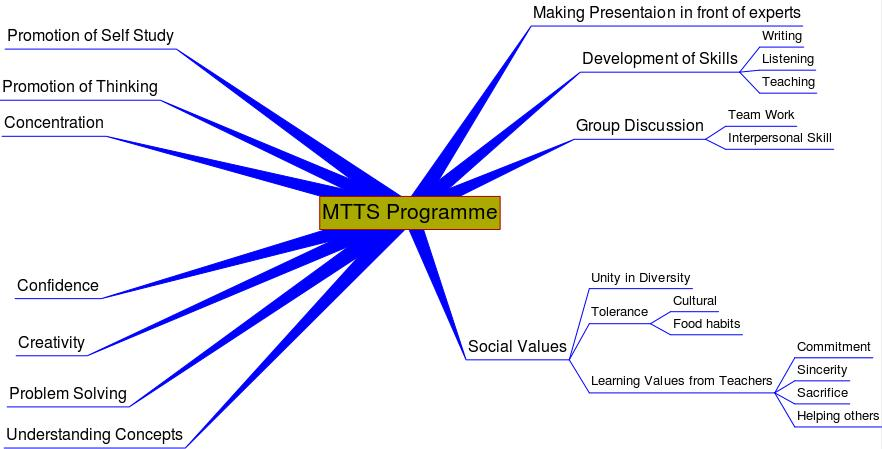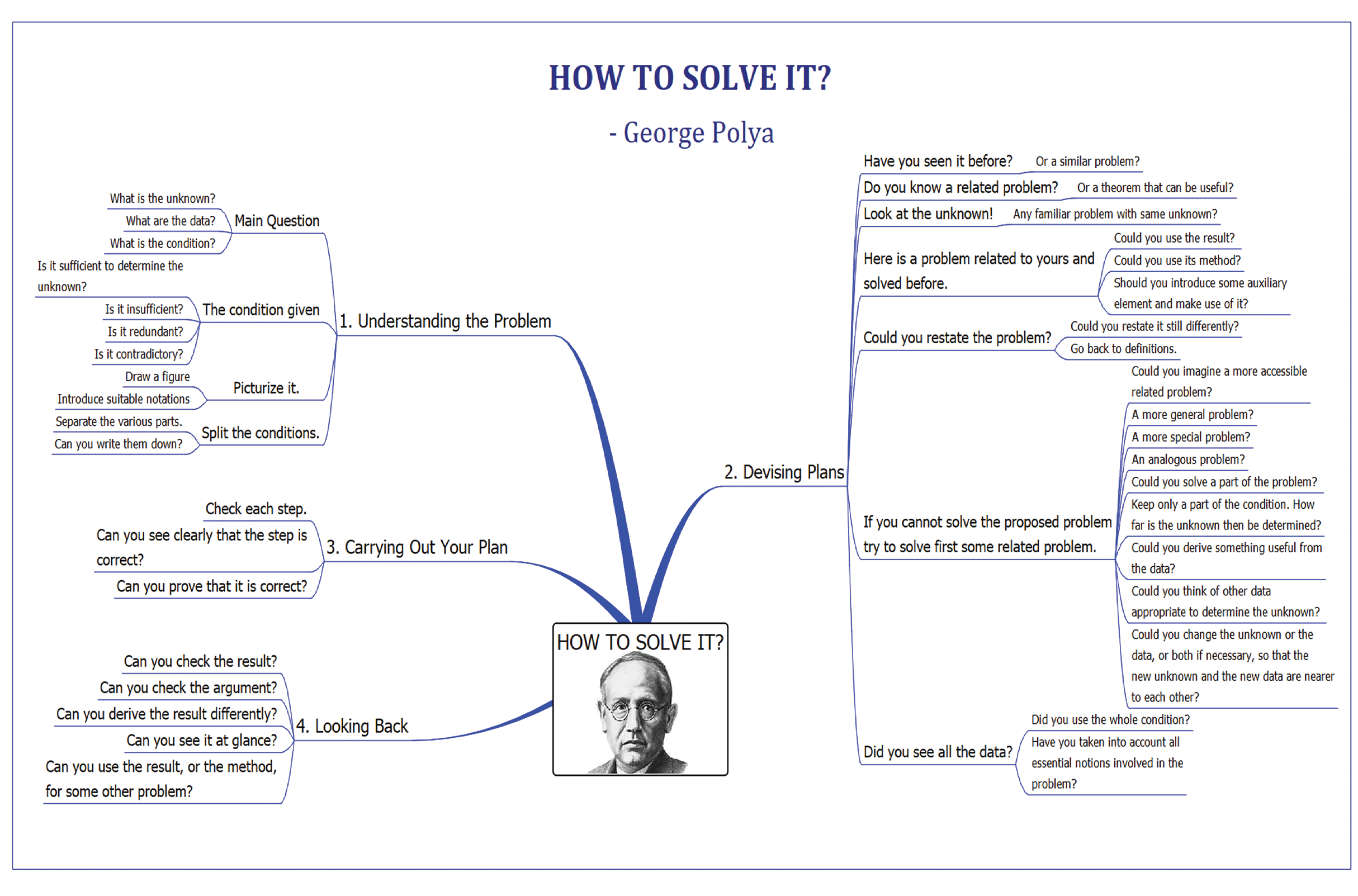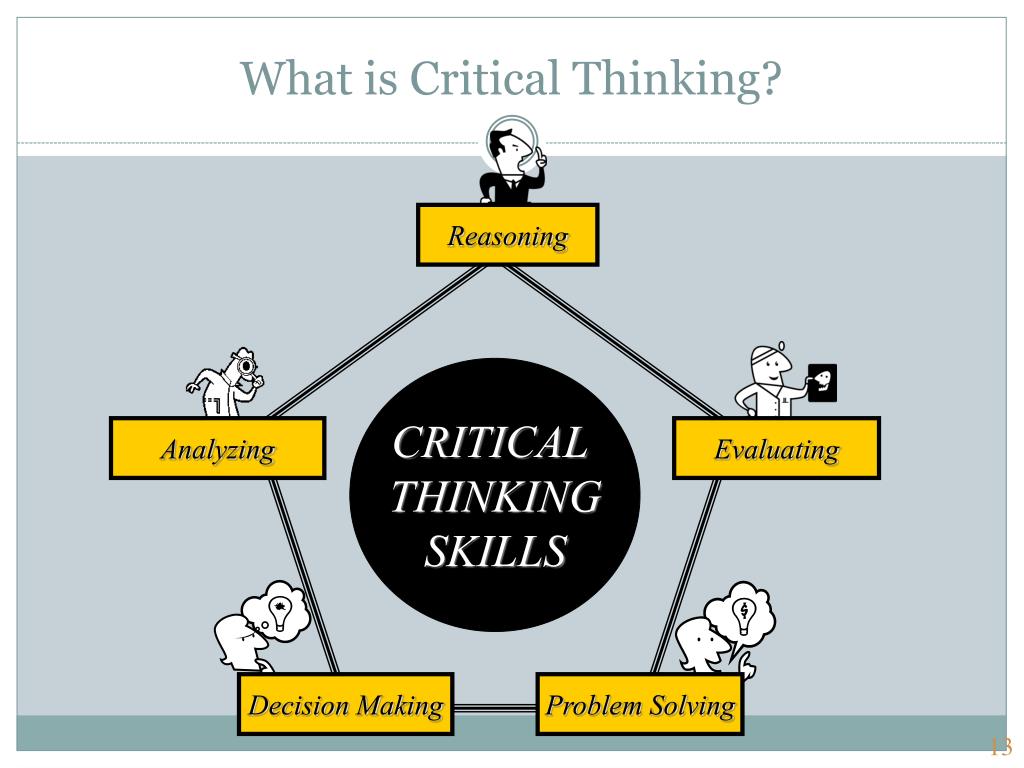In this page we discuss about the vision and structure of your programme. Our programme is primarily aimed, towards MTTS particpants who are specifically interested in pursuing studies in mathematics ahead in their career. Our aim is to instill the habit of "Svādhyāya", or self-learning through lectures and discussions, which as future mathematicians, is a must have within a person.
Svādhyāya is designed as a multi-day event, spanning from Day 1 to Day 8, providing an immersive learning experience. Teachers will finalize the topic or theme for Svādhyāya. It is exclusively tailored for MTTS students, ensuring focused engagement. However, the ultimate goal is to make the event accessible to all, as all study materials will be made available in the public domain through the website or YouTube. This inclusivity allows anyone interested to benefit from the resources. Teachers are encouraged to exercise their creativity in designing and shaping the course content, allowing for a diverse and innovative learning experience.
Selection Process: Participants will be selected according to their performance, sincerity and behavior observed in the camp.
A 40-60 minute talk wil be delivered by the Teacher at a private zoom session. It will be recorded and uploaded in Curry Leaf YouTube Channel within 48 hours. Selected students will be participants in this zoom session.


A problem solving session/ discussion will be done on YouTube Live stream or in a private zoom session (recorded and to be uploaded) in the Teacher’s own YouTube Channel. Selected students will be participants in this zoom session.



"How to Solve It" is a classic book written by George Pólya, a renowned mathematician and educator. Published in 1945, the book is a practical guide that outlines a problem-solving methodology applicable to a wide range of disciplines, not just mathematics. Pólya's approach to problem-solving emphasizes a systematic and creative way of tackling challenges. The book has remained influential over the years and has been used in various fields to improve critical thinking and analytical skills.
Nurturing critical thinking is a vital aspect of intellectual and personal growth. It refers to the process of actively and objectively analyzing information, ideas, and situations to form well-reasoned judgments and make informed decisions. Critical thinking goes beyond memorization or accepting information at face value; it involves questioning assumptions, examining evidence, and considering various perspectives before arriving at conclusions.
